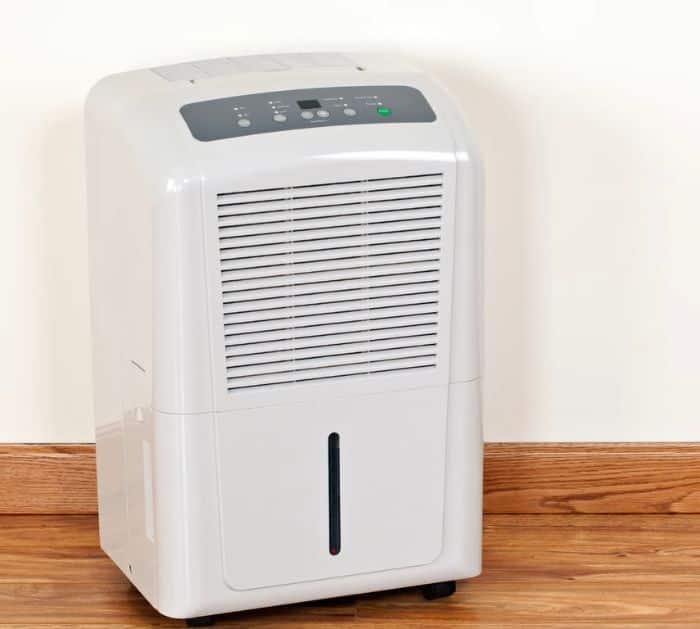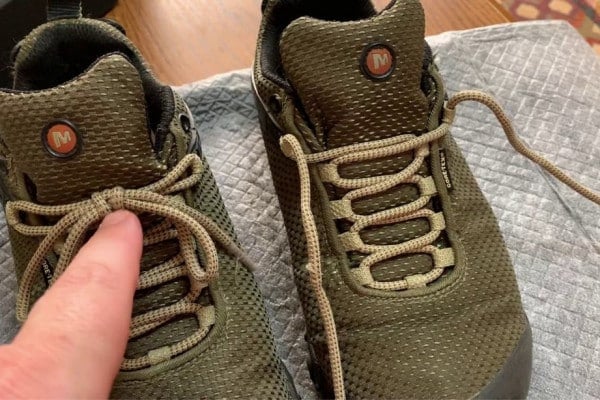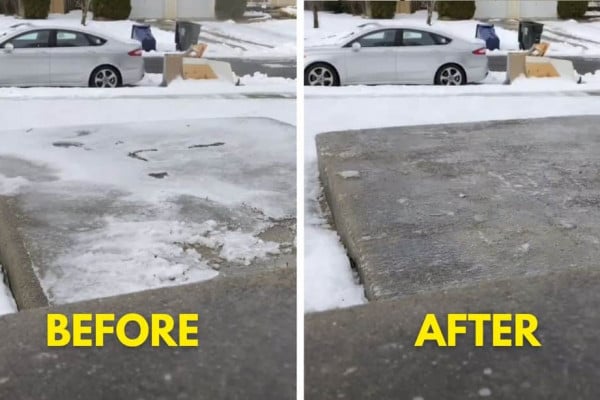High indoor humidity can cause serious problems in your home, as it causes mold and mildew growth. They can thrive in your carpet, insulation, or drywall, which can affect your health. Exposure to such may cause allergic symptoms. Aside from that, living in a humid place can make you feel hot and sticky, as sweat rests on your skin, which can be very uncomfortable for some.
RELATED: How to Keep a Cooler Cold with No Ice
Dehumidifying your home will not only eliminate mold and dust but can also help your air conditioner run more efficiently, which can lower your energy bill. Here are 15 ways to reduce humidity in your house by Slides TV. If you live in a humid place, make sure to save this post.
Your home will surely feel cooler and you will definitely become comfortable after trying these tips.
For more home tips, check these out: 14 Expert Tips To Reduce Dust In Your Home
How to Reduce Humidity in A Space
1 – Use Air-conditioner
When air conditioners pull warm and humid air from the house, the evaporator coil causes the moisture to condense and drain out of the house.
2 – Use a Dehumidifier
You can either use a portable or whole-house dehumidifier. It works by pulling warm air from the house, cooling it to remove the water, then heating it before releasing it back into the house.
If you are in a humid state, you might need a dehumidifier and AC.
3 – Set Your Fan to AUTO
By setting your fan setting to auto you allow it to turn off in between cooling cycles. This allows the condensate to drip off from the cooling coil instead of being circulated back to the house.
4 – Size your AC
If you have an oversized AC, it will turn off too suddenly before the moisture has been removed from the air. If you have an oversized AC, you should get a dehumidifier.
For the AC sizing guide, watch the video below.
5 – Level the indoor AC Unit
If your indoor AC unit is slanting to one side, water will pool inside the drip pan. It will evaporate and increase indoor humidity.
6 – AC Maintenance
A well maintained AC cools and removes humidity better.
For more tips, check out the video below.
15 Ways to Reduce Humidity in Your House








